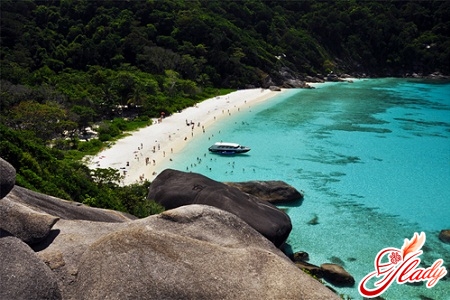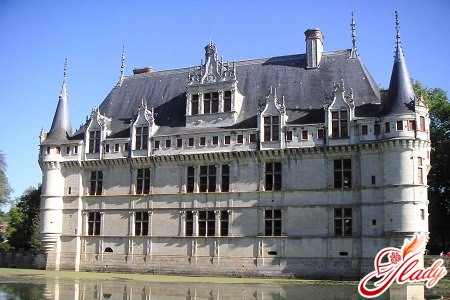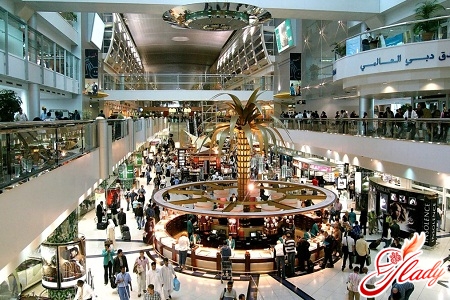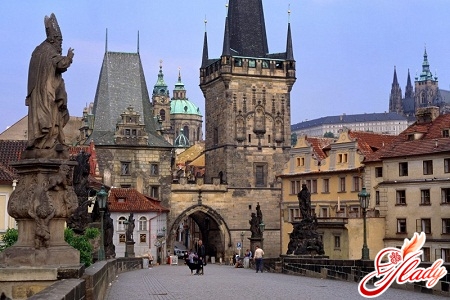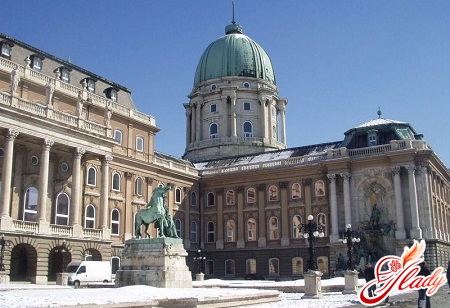
The state of Hungary is one ofthe richest in historical and cultural monuments of the European states. Even in ancient times, when the great Roman Empire existed, the territory that now belongs to this country bordered on Rome in its eastern part. Romans, Germanic tribes, and Slavs settled in these places. According to legend, during the great migration of peoples, it was here (on the banks of the Tisza River) that the legendary Attila, the leader of the Huns, found his last refuge. Many modern historians and treasure hunters are still trying to find here the treasures that once belonged to this warrior. The Hungarian tribes came to this territory in 896. Architectural ensembles, which include temples and majestic palaces, testify to the turbulent and changeable history of the peoples who lived here. In addition to the monuments built by man, having arrived in Hungary, you will see a huge number of natural attractions. This is why Hungary is considered one of the best resorts in Europe.
Sights of the Hungarian capital
Like any other state, Hungary hasThere are many museums dedicated to the culture and art of not only their country, but also many other figures. Thus, in Budapest there is an ethnographic museum, a museum of fine arts, and a large number of other attractions.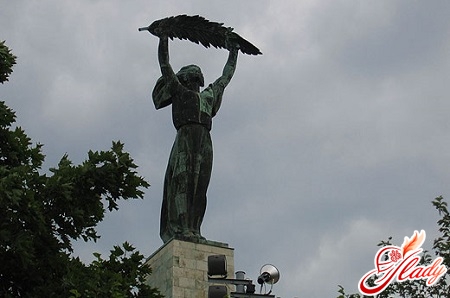
Museum of Fine Arts in Budapest
This museum is the most extensive instate with a collection of works of world art. An interesting fact is that the museum itself was founded in 1896, and opened its doors to visitors only 10 years later. But this is not the most interesting thing. Within the walls of the museum you will not find a single work that would relate to the art and culture of the Hungarian people. Here are located collections of works of art only by foreign artists and sculptors. The museum building is located on Heroes' Square, which is also a landmark in itself, and was built specifically for its use as a home for such valuable exhibits in the field of fine art. Not every museum can boast of this, since a very large number of such institutions are located in buildings in which balls were once held, or even in those that served as someone's place of residence. The building, built in the neoclassical style according to the design of two famous European architects, Fülöp Herzog and Albert Schickedanz, has been providing the country's residents and, of course, numerous tourists coming from abroad with the opportunity to see an exhibition of paintings, which is divided into six sections, for over a hundred years. The first section is Ancient Egyptian, the basis of which were works of art from the personal collection of Eduard Mahler, a Hungarian Egyptologist. The basis of the ancient arts department was the collection of Paul Arndt from Munich. In the collection of ancient sculptures, a special place is occupied by examples from Austria and Germany, made of wood. No less interesting to visitors to the museum is the bronze statuette, which was made in the 16th century by European masters based on drawings and sketches by Leonardo da Vinci himself. Exactly 15 drawings by Rembrandt, two sketches by Leonardo for the "Battle of Anghiari" and as many as 200 works by Goya fill the section of graphics and engravings. The gallery of new masters is mostly represented by romantics and impressionists. They include such representatives of painting and fine art as Delacroix, Rodin, Cezanne and Monet. And the gallery of old masters will especially appeal to lovers of traditionalism, a special place in it is occupied by works of the portrait genre. The central place in the exhibition is occupied by about 700 creative works by old masters, which were transferred to the museum from the collection of the princes Esterházy. When the museum was preparing for the opening, several paintings from the estates of the Zichy counts and the Buda Castle were added to these canvases. The museum's permanent exhibitions are often replaced by temporary ones. For example, sometimes the Museum of Fine Arts displays within its walls some exhibits brought from the Louvre and other foreign museums, with the aim of introducing the local public to priceless and unique works of art.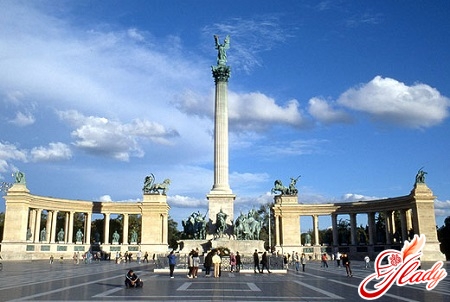
Ethnographical museum
Ethnographic Museum located inBudapest is considered one of the largest museums of its kind in Europe. The collection gathered in this museum includes about two hundred thousand different exhibits, which include many works of art, photographs, Hungarian clothing and accessories, jewelry that were worn and created by people throughout various eras. This museum aims to tell not only about the culture created by the Hungarian people, but also about many other European and non-European nations. Here are exhibited objects, thanks to which visitors to the museum can learn about the stages of the origin and development of cultures, from primitive to civilized society. The expositions of the ethnographic museum in Budapest successfully cover several topics of interest to different types of visitors. These include hunting, beekeeping, fishing, livestock breeding, and even shepherd's work items. It is not without the presentation of agricultural and craft items, everyday life, and, of course, kitchen utensils. The exhibitions of folk clothes and fabrics, types of housing, special objects of customs and traditions, religion, entertainment and musical instruments have always been the most popular among the city's residents and guests. Moreover, the age of museum visitors can be very different - both old and young will find something interesting for themselves in this multitude of exhibits. The museum has permanent exhibitions that describe the traditional culture of the Hungarian people throughout its history and the country's folk art. Separately, there are exhibitions dedicated to the culture and life of the peoples of Asia, Africa and Indonesia. Since 1973, the Hungarian Ethnographic Museum has been housed in the building of the former Palace of Justice, located opposite the Hungarian Parliament building, on Lajos Kossuth Square. Hungarian architect Alajos Hauszman designed a building in the Gründerzeit style and sent it to a competition for designs of the Hungarian Parliament building, but lost to the project presented by Imre Steindl. This, however, did not make Alajos Hauszman despair, as his plan-project was used in 1896 for the construction of the Palace of Justice.
Buda Castle
When you go to Hungary, you must visit the castle in the centerits capital, which is now called the Castle of the Hungarian Kings in Budapest, and a few years ago everyone called it the Royal Palace or the Castle. Since 2002, Buda Castle, along with some other attractions of Budapest, has been included in the UNESCO World Heritage List. You can visit the castle by taking the Buda Funicular "Siklo" or by bus, which runs from Szell Kálmán Square, previously called Moscow Square. Buda Castle has seen a lot in its history. The oldest part of the castle, of course, poorly preserved to the present day, was built in the 14th century by Duke Stephen of Slavonia, who was the younger brother of Louis the Great, who ruled Hungary. The Hungarian King Sigismund did a lot to expand the castle, thereby bringing it to such a size that it became the largest in Europe in the late Middle Ages.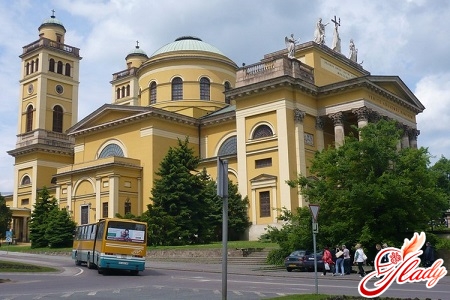
The ups and downs of the fortress
In 1526 турки, разгромив королевство Венгрия, абсолютно беспрепятственно заняли замок королей и превратили его в нечто ужасное. Подданные османской власти довели множество помещений замка до ужасающего состояния — некоторые из них использовались в качестве военных бараков и даже конюшен, некоторая часть здания пустовала, и внутреннее состояние замка ухудшалось на глазах. Великая Турецкая война принесла венгерскому не только освобождение из под власти оккупантов-турков, но и привела к значительным разрушениям большинства построек, сделанных на территории замка в Средние века. Точнее, произошло это во время освобождения города войсками союзников Святой лиги Буды. В 1715 г. по решению короля Карла VI началась расчистка территории Будайского замка от развалин, после чего он издал приказ о начале строительства на этом же месте нового комплекса зданий дворца. Закончено оно было в 1749 г. Однако простоял дворец лишь в течение одного века — в мае 1849 г. во время революции венгерская армия под предводительством Артура Гергея окружила этот замок и захватила его. Этим все не закончилось — в результате данного захвата новый Королевский дворец сгорел дотла. Но венгерское правительство на протяжении всей истории своего существования очень трепетно относилось к достопримечательностям своей страны, и особенно тем, которые располагались в столице. Потому-то почти сразу после окончания войны между Австрией и Венгрией в 1850-1856 гг. дворец был быстро восстановлен. Первым из правителей теперь уже Австро-Венгрии, которого короновали в практически заново отстроенном замке, был император Франц Иосиф I. Девятнадцатый век означал для Будайского замка новый этап своего существования и, конечно же, развития. Автономным венгерским правительством было принято решение о необходимости построить новое здание Королевского дворца, которое бы не уступало ни одной из существовавших в тот период резиденций монархов остальных государств Европы. Данное строительство длилось почти четыре десятка лет, с 1875 по 1912 гг. Лучшим дворцом Европы Будайский замок не стал. Зато сразу же после открытия нового Королевского дворца его единогласно признали и в самой Венгрии, и в соседних государствах самым выдающимся зданием на территории страны. Он стал не только очередным вариантом резиденции венгерских правителей, но и олицетворением вступления государства в новый век. Вторая мировая война не миновала Венгрию и, конечно же, не могла не задеть Будапешт и саму Будайскую крепость. Случившееся 1944 г. взятие Будапешта советскими войсками заканчивалось как раз-таки в этом замке, так как в нем оставалась группа немецких захватчиков, которая долгое время держала оборону и не сдавала город. Тяжелые бои, в результате которых фашистские войска все же были разгромлены, повлияли и на состояние замка, который превратился в руины. После войны было решено восстановить былую композицию дворца в Будапеште. Проведенные археологами раскопки, целью которых было восстановить некоторые средневековые здания, привели к открытию построенных еще во времена Сигизмунда сооружений. Грандиозная реконструкция средневековых укреплений, которую делали венгерские мастера, заметно изменила весь облик современного Будапешта. Удачная реализация проекта реконструкции комплекса позволила совместить некоторые средневековые постройки с планировкой замка в современном стиле. Эта крепость является достопримечательностью, на которую Венгрия потратила много средств.
The Szechenyi Chain Bridge across the Danube
One of the most beautiful places in Budapest, whereHungarians love to come to, is the Széchenyi Bridge, or, as it is also called, the Budapest Chain Bridge, which is a suspension bridge connecting the opposite banks of the Danube River. These two banks of one river are the historical parts of Budapest and are called Buda and Pest. Before the opening of this bridge in 1849, the capital of Hungary did not have a permanent bridge across the river. The extreme points of this chain bridge in Hungary are Roosevelt Square, where the Gresham Palace and the Hungarian Academy of Sciences are located, located in Pest, and Adam Clark Square, where the Zero Kilometer Stone and the lower station of the Budapest Funicular are located, located in Buda. The bridge was named after the famous politician throughout Hungary, Count Istvan Széchenyi, who invested enormous material resources and physical effort in the construction of this bridge. He, like no one else at that time, understood the need to create a permanent crossing over the river and created a real wonder of the world for the inhabitants of his country and the whole world. The bridge was a serious impetus to the development of the economic and social spheres of life in Hungary. Thanks to it, Buda and Pest were finally united, thus creating one large city of Budapest - the capital of Hungary.





